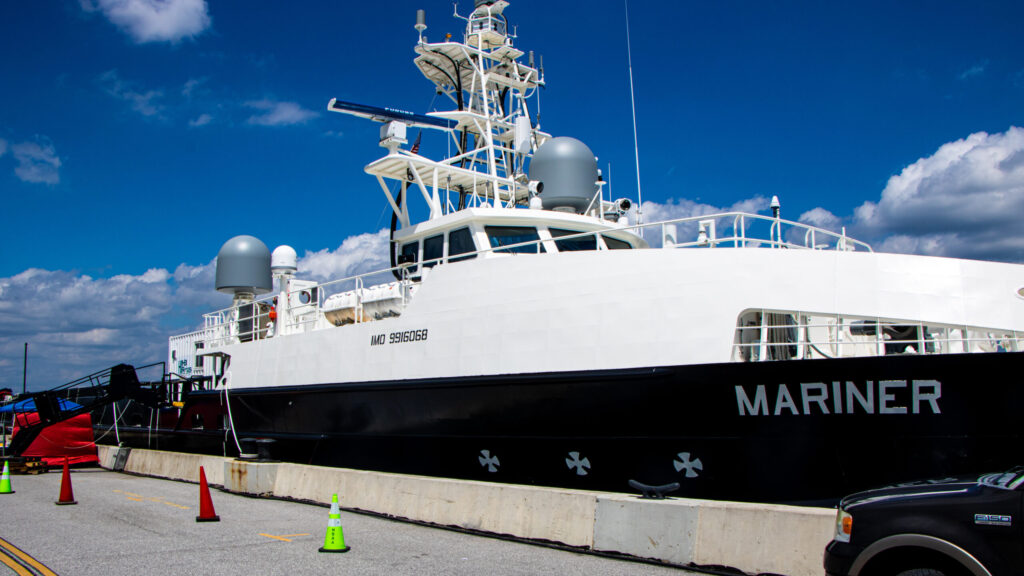Oldgateboatdriver
Army.ca Veteran
- Reaction score
- 2,861
- Points
- 1,010
Do you reckon that your watchkeepers could have got her switched back on before she hit yon pier?
Yes.
Because, unlike merchant ships, when we are in harbour: (1) the secondary steering is fully manned - ready to switch in a moment's notice, (2) we have multiple (at least two) diesel generators up and running - so incredibly low probability of complete power failure, (3) the foc'sole is fully manned with the anchor at readiness for letting go and (4) we have all engines up and ready for immediate maneuvering - which is almost always more than one.
Unlike merchant ships that have a single main engine, a single generator running, no one manning secondary steering and, usually not enough personnel at the anchor windlass without requiring some more from the other end of the ship.


